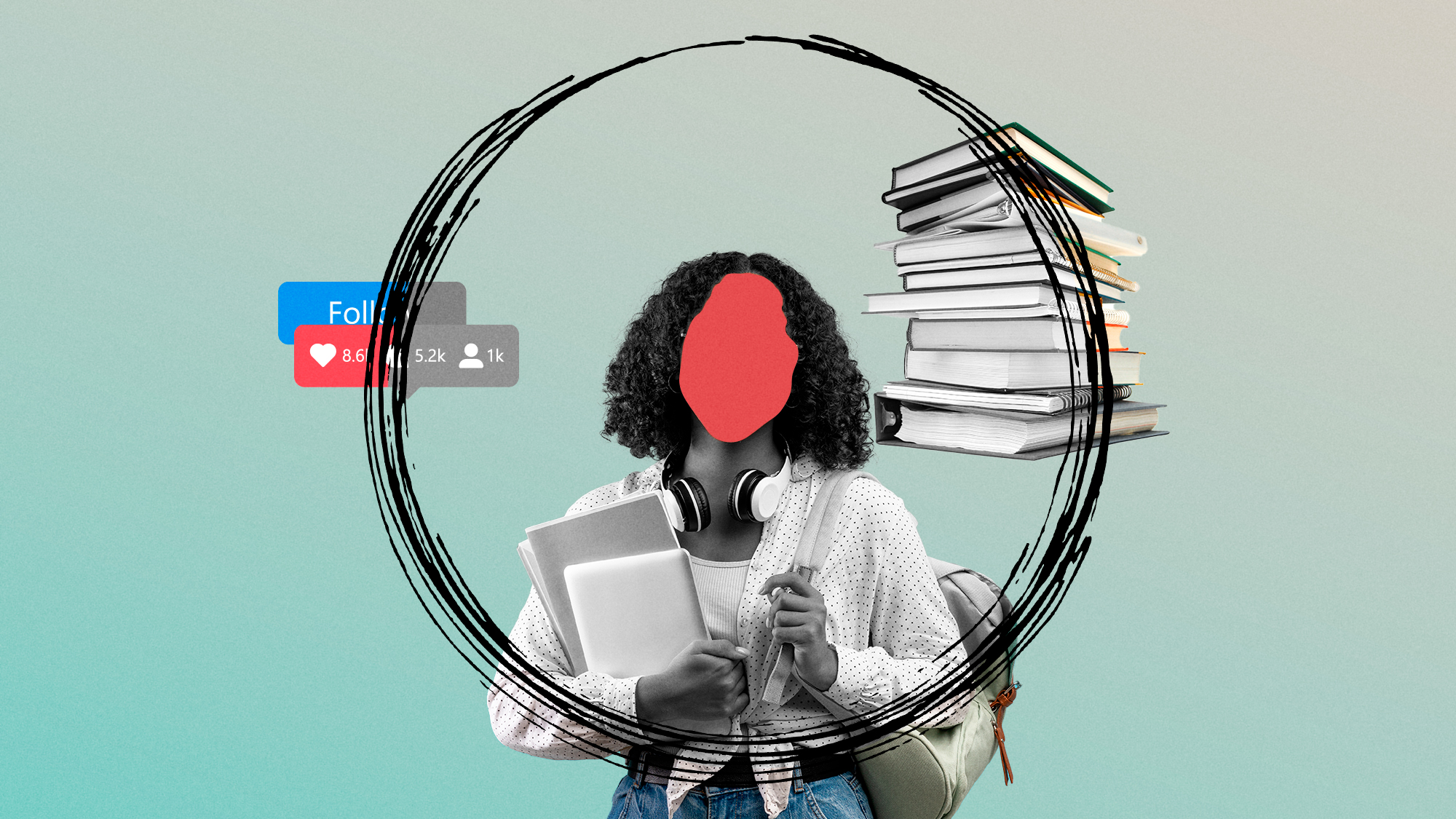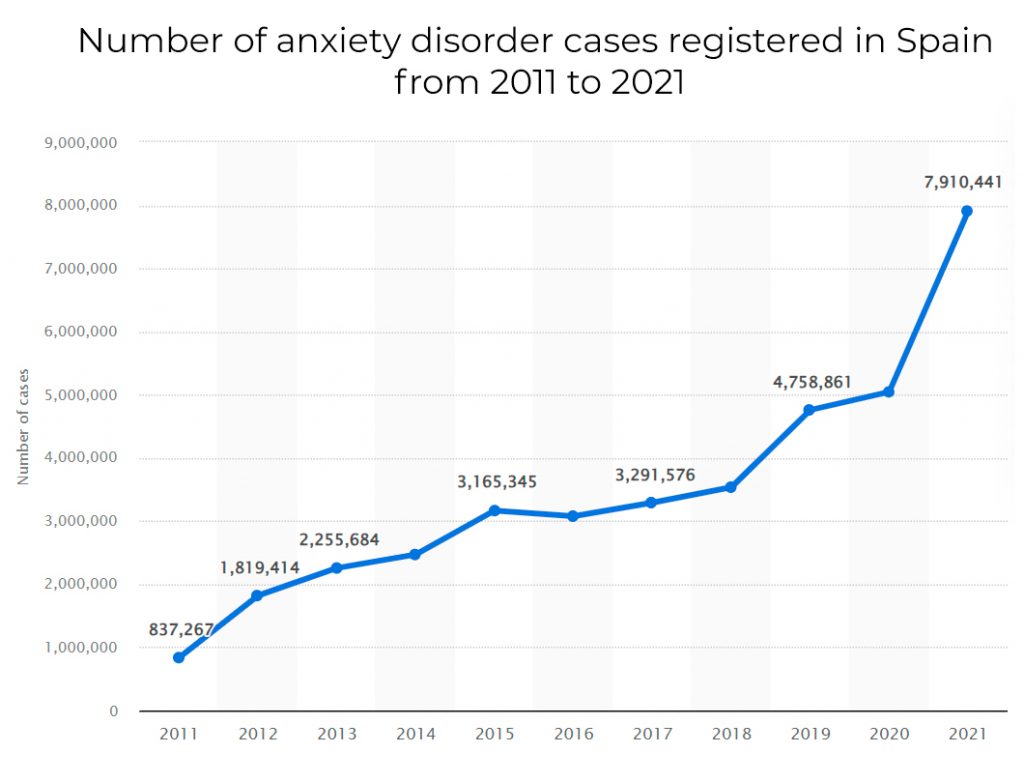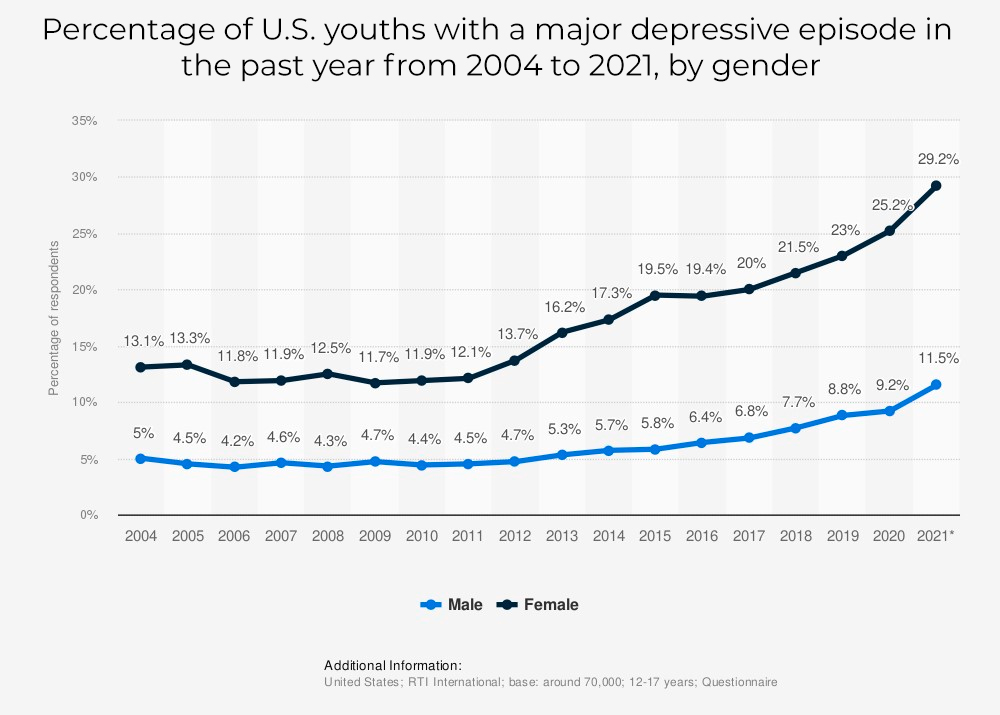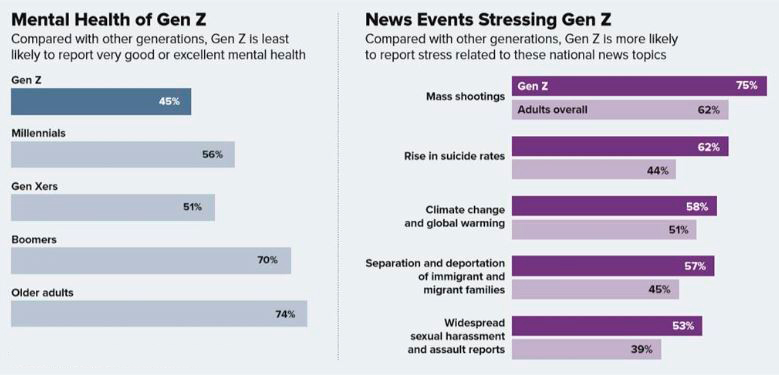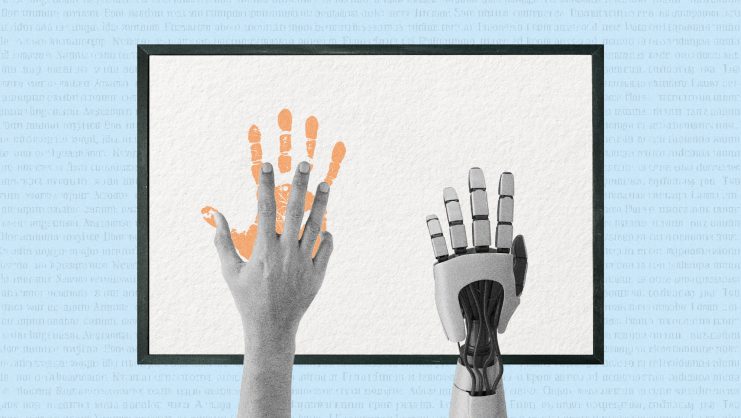Mental health is a growing problem for society. In fact, mental health-related issues are becoming more common in my circles of friends, and I find that about a third of my students choose to discuss mental health issues in their speeches and papers. The #mentalhealth hashtag has been used in millions of TikTok videos and spawned nearly 30 million public posts on Instagram in 2021.
According to Active Minds, 39% of students struggle with significant mental health issues while at college and the bottom line is that we need to get a grip on the problem, ascertain the causes, and find solutions – before it balloons further. In Spain, for example, the number of anxiety disorders has increased six-fold in the last decade, while depression-related cases have increased five-fold.
Source: Spanish Ministry of Health, Social Services and Equality; Statista
According to UNICEF, anxiety and depression lead the list of mental disorders among youths aged 10-19 years (2019).
Sources: SAMHSA; NSDUH; Statista
In Spain, depression is more common among older people, yet it is younger people who are most likely to seek help from mental health professionals. The 2018 American Psychiatric Association report shows that younger generations, especially Gen Z, are the least likely to feel mentally fit and healthy.
In its most severe form, mental illness leads to suicide. According to Spain’s National Suicide Observatory, 4,003 people in Spain committed suicide in 2021, the worst year for suicides in Spanish history. This is an average of 11 people per day. Seventy-five percent of them were male and 25% female. These figures are particularly serious in the younger population: suicide in children under 15 has doubled compared to 2020, and it is the leading absolute cause of death in the 15-29 age group, overtaking traffic accidents and tumors. It is also important to take into account suicide attempts and suicidal thoughts. According to World Health Organization estimates, there are about 20 suicide attempts for every suicide.
Although there are individual risk factors for mental illness, such as abuse, chronic illness, and family history, it’s important to also consider how current society factors into this trend, especially among young people. Although it may seem like a cliché to blame social networks for our modern ills, it is a very disturbing reality. Frances Haugen, a data engineer, disclosed tens of thousands of internal Facebook documents showing that Instagram negatively affects the body image of one in three teenage girls. In fact, cyberbullying has escalated with the use of social networks. These platforms are capable of spreading negative messages on a large scale, 24/7 which means that harassment has no time limits nor specific location. It is a constant.
Source: APA. Stress in America: Generation Z (2018)
According to various studies, the average person spends around four hours a day on their mobile phone, switching between applications and various social networks. Not surprisingly, 74% of Gen Z and Millennials report that they feel distracted at work, and 16% of them feel distracted most of the time. In addition, over 50% report being less productive whilst around 20% are aware that they are not advancing in their career. The lack of attention and loss of concentration among young people has major consequences: they are unable to reach their full potential, which generates frustration; they struggle to find mental and emotional clarity when confronted with major challenges; and it also affects their cognitive abilities.
The pandemic (COVID) was a turning point that aggravated mental health issues. The isolation and loss of social life during this period led to an increase in depression and anxiety among young people. A study published in medical journal The Lancet revealed that the largest increase in anxiety and depressive disorders was in the 15-25 age group, with the number of cases in women compared to men increasing. Another consequence of pandemic lockdown was a rise in substance use to calm anxiety from a lack of social contact. Experts suggest that our society has higher levels of stress than in previous generations, which makes our adolescents more likely to suffer from it.
Today, there is a kind of toxic positivity that implies that we must always be happy – and this can make us, particularly adolescents, feel guilty when are sad. Moreover, because we tend to associate being happy with emotions, we constantly seek new experiences that stimulate us and change our state of mind, searching for those positive emotions. When we do not get our fix, we feel dissatisfaction, anguish, and even anxiety and sadness. The development of critical thinking is essential to observe and identify this.
It could be argued that the youth of today have many aspirations that are based on wishful thinking, to the detriment of any kind of willpower and hard work. Our consumer lifestyle, coupled with social networks, impels young people to keep up with those they view online: to find the best job, enjoy the best vacations, try the trendiest experiences, be the happiest with their new partners, and so on goes the inexhaustible aspirations that in turn generate frustration and anxiety. Our willpower and long-term goals diminish amidst this type of external pressure.
Artificial intelligence and machine learning can also have an impact on the younger population. While applications such as ChatGPT can help us be more productive in many ways, they can also affect the culture of student endeavor, reinforce existing biases, and undervalue individual hard work. Artificial intelligence can indeed produce work that is more thorough and well-structured but this feeling of being superfluous to requirements can seriously affect the mental health of younger generations.
Finally, there is the stigma around mental health, which can unfortunately prevent people from seeking help (although there have been improvements in this regard.) The stigma is visible in movies and present on social networks. On X, for example, mental illnesses are more stigmatized (12.9%) and trivialized (14.3%) than physical illnesses (8.1 and 6.8%, respectively).
So, what can be done? Mental health is becoming increasingly visible in the public sphere and the good news is that dealing with its impacts and possible causes is also gaining traction. Mental health is a basic element of any human being. Therefore, treating any depressive disorder should be just as relevant as treating pneumonia or a broken finger. This is why universal access to healthcare should include mental health care. However, access to therapy, among other services, has become a privilege reserved for those who have the necessary economic resources. In Spain, for example, where only 30% of clinical psychologists work in the public health system, the lack of quality mental health care disproportionately affects low-income individuals, exacerbating the cycle of inequality. Not only do they face a higher risk of mental disorders due to hardship in life, but they also have limited access to suitable care.
Given the severity of mental health issues among the youth, academic institutions are key to prevention, management, and access to treatment – and for ascertaining the underlying causes of mental health problems. According to a study by Active Minds, 39% of college students struggle with significant mental health problems during their academic life. Access to free therapy is a great help. A survey conducted by Healthy Minds revealed that 60% of college students faced problems accessing mental health care services. These services are also critical to students’ education and productivity. One survey found that 66% of college students felt that counseling services improved their academic performance.
It is also essential to minimize stigma. It is critical for young people to know that they are not alone and that there are face-to-face and virtual support networks available to help them. One example of a support network is Students Against Depression, a website that offers counseling and guidance to students suffering from depression and suicidal thoughts.
Young people are themselves leading and organizing initiatives to reduce the time spent on the Internet and social networks. A new student movement is calling for students to unplug. Emma Lembke, a graduate student at Washington University in St. Louis, experienced these negative effects firsthand. That’s why she launched the Log Off Movement in June 2020, to promote dialogue among young people who feel the adverse effects of social networks and are keen to change their relationship with them.
It is paradigmatic that more than 100 lawsuits have been filed in the United States against the addictions caused by social networks. When a company wants to put a table or a pen on the market, it must comply with numerous quality standards that prove that it is not harmful to our health. So why shouldn’t technology companies and their applications be made to meet similar standards? Why do these mobile applications cause addictions? Why are they allowed to exacerbate mental health problems without any measures taken?
Governments and educational centers must urgently address the situation and provide the necessary access to treatment and therapy for young people, creating awareness of the problem and reducing stigma, generating support networks and early warning mechanisms, and developing tools to improve young people’s resilience, critical thinking and behavior.
This will take time, of course, and steadiness. I am reminded of the philosopher José Carlos Ruiz, who differentiates between the satisfaction brought by grass and the pleasure brought by a tree. Grass grows fast and is aesthetically pleasing. It is ideal if you are looking for fast results and immediate reward. However, grass is easily uprooted and dies quickly. Trees, on the other hand, require considerable investment in terms of time, they need watering and nurturing. The rewards come in the long run, once the roots and branches grow. They have lasting impact. The same happens with friendship, which takes time to develop, requires tacit knowledge and the cultivation of virtuous behavior. Mental health – like friends and trees – requires time, commitment, determination, and sometimes hard work. But it is worth it.
This article is a shortened and edited version of an essay by the author entitled “No podemos perderles antes de graduarse,” which won the 2023 IE Humanities Prize in the Short Essay in Spanish, Faculty and Staff category.
© IE Insights.



